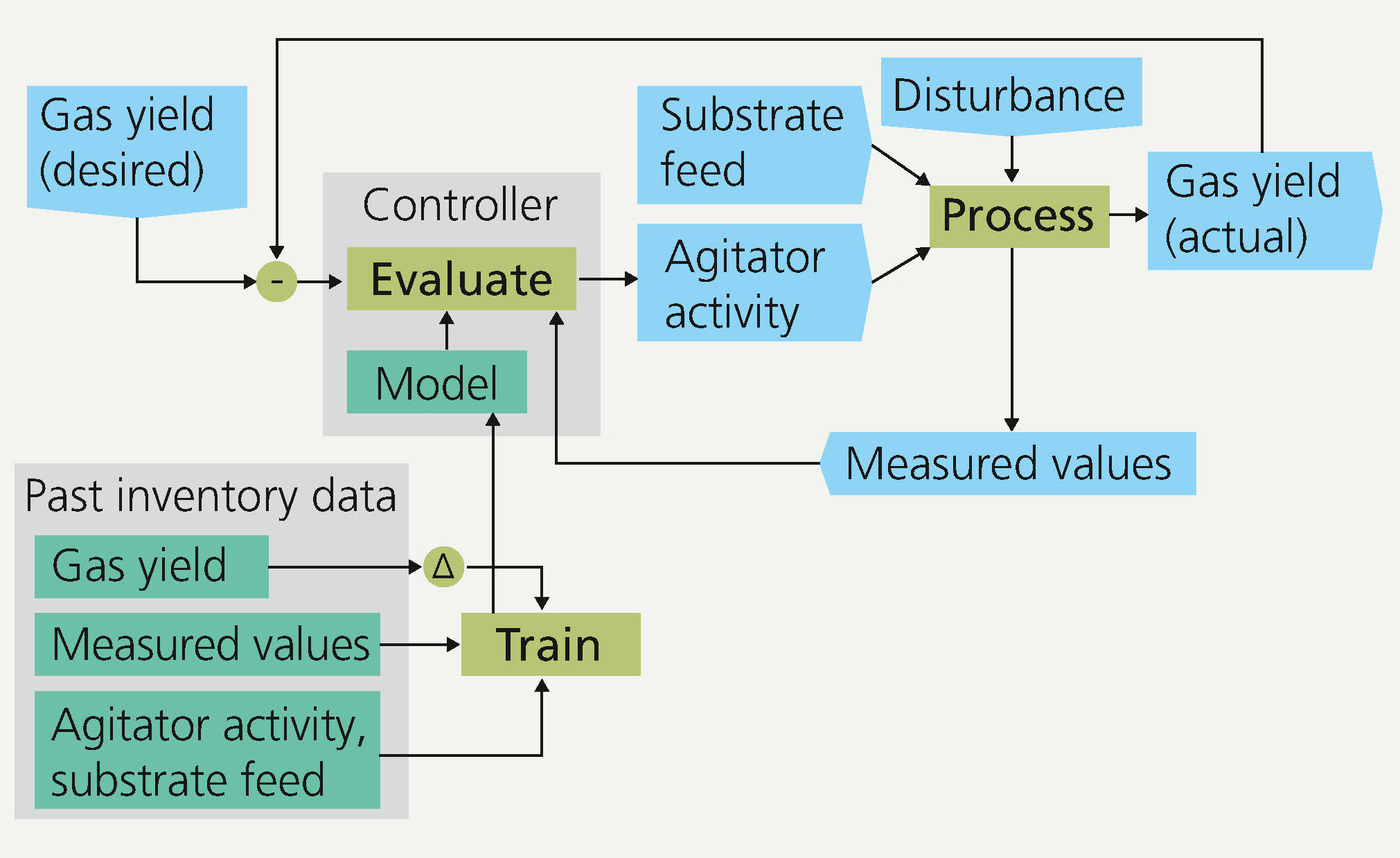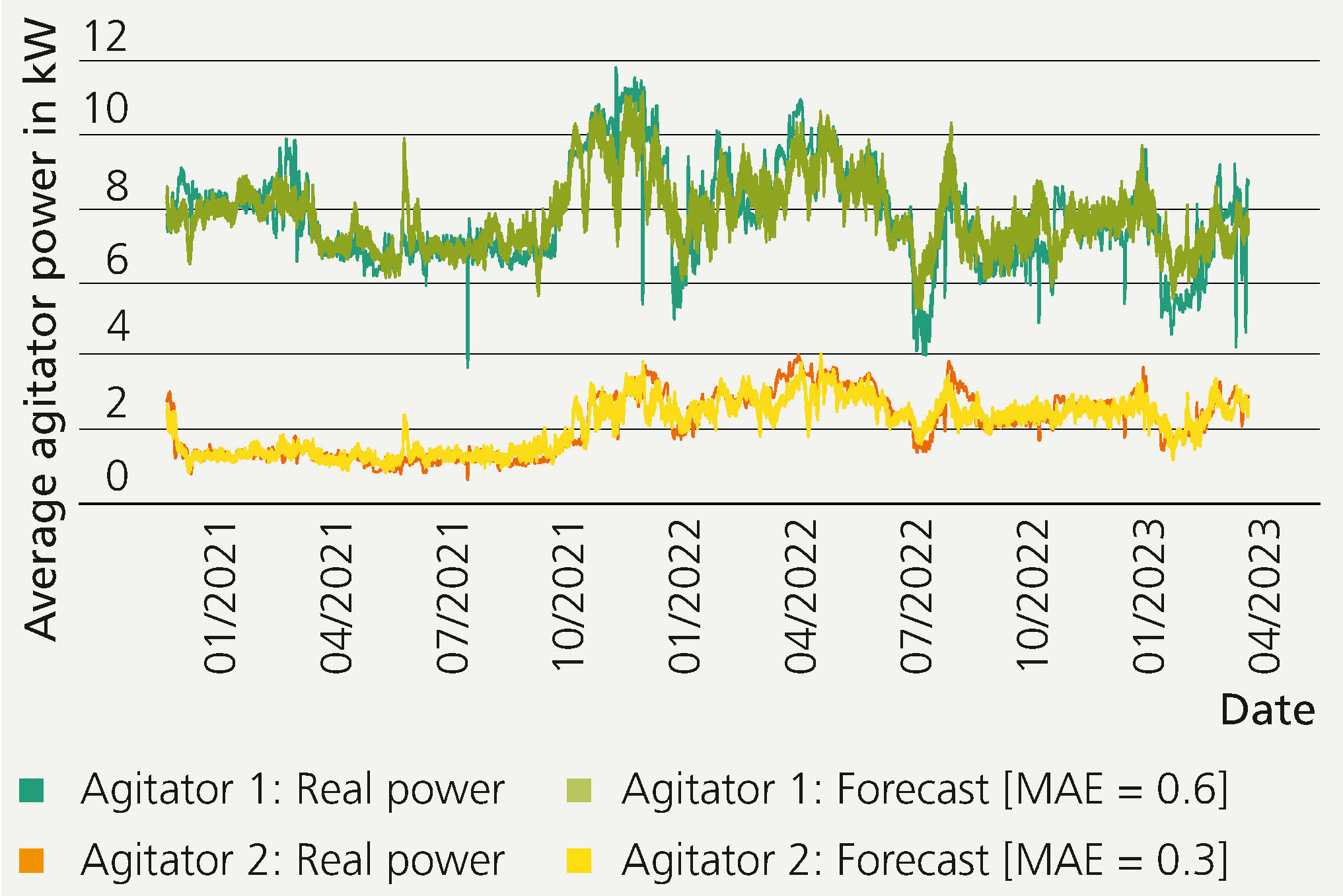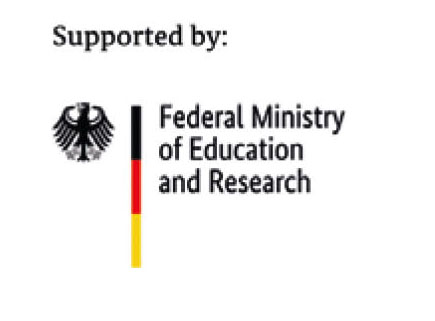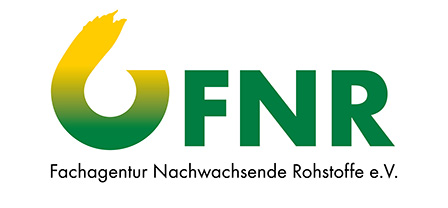
AI-controlled biogas production
Current research



To facilitate efficient biogas production based on a fluctuating energy demand, a dynamically controlled substrate feed is vital. To achieve this, the future biogas production is forecast based on different process parameters and the feeding of the biogas plant is adjusted accordingly. The forecast is based not only on qualitative and quantitative substrate data, but also on the fluid dynamic properties within the fermenter. Until today, the process parameters for controlling agitation have only been selected based on the amount of biogas produced. However, due to changing loading rates, adjusting both the running time and the mixing intensity of the stirrers used for fermenter agitation is also required.
Development of an AI controller
As part of the BMEL/FNR joint project “Sens-O-Mix”, an AI-based controller has been developed and tested which enables automated stirring operation adapted to flexible feeding regimes (Figure 1). Since concepts such as reinforcement learning are difficult to implement due to long response times, an approach based on neural networks was chosen. It relies on theoretical process models, which are generated using stock data from the research biogas plant at the University of Hohenheim. These models incorporate feeding and sensor data as well as the previously recorded agitator performance and biogas yield. The basic version of the AI controller addressed only the control of the mixing process. Based on the specification of the future target biogas yield, the AI controller determines the future target agitator output. The input data for the AI controller includes the results of the material, rheological and granulometric substrate characterization as well as data from the agitator control. The feature set of the controller is currently being enhanced to include control of the entire flexible biogas production process. In addition to these basic parameters, models of predictive feeding and the fluid dynamic properties developing in the fermenter are also being implemented.
Training, validation and practical operation of the AI controller
Training and validation of the AI controller ensure reliable prediction of the stirring parameters depending on substrate quality and quantity as well as the desired gas yield. As a first step, models were trained based on neural networks that use real past data and the predicted future gas yield. Based on this input data, the future average agitator power and the activity over a period of 18 hours are derived. Both recurrent (RNN) and convolutional neural networks (CNN) were used, with the CNN providing more reliable forecasts.
After successful initial tests, the controller was used and validated from August to December 2023 in regular operation at the University of Hohenheim‘s research biogas plant. In the future, the newly developed AI controller is to be implemented and optimized in other biogas plants, with the focus on minimizing the energy required for stirring and avoiding floating layers.
Supported by

